1. Binturong
Also known as a bearcat, this Southeast Asian mammal is only distantly related to cats and is actually a member of the civet family. Despite their powerful build and teeth, binturongs typically eat small animals and fruit and are rather reclusive, using their prehensile tail to hide in treetops, but binturongs are no pushovers and can be very aggressive if provoked.
2. Megamouth Shark
These 18-foot monstrosities can be quite alarming with their large, gaping mouths, but they’re actually filter-feeders- creatures that get nutrition from miniscule food particles present in the water. Megamouths are an extremely rare sight, as they mainly inhabit the deep ocean.
3. Echidna
Everyone knows the adorably strange duck-billed platypus, but its closest living relative is far less famous. The echidna, native to Australia and New Guinea, is an egg-laying mammal equipped with a long, bony, toothless snout that, for all intents and purposes, can be called a beak. But while platypuses resemble a cross between a beaver and a duck, echidnas resemble hedgehogs and anteaters, which is fitting, as they mostly feed on ants.
4. Glass Lizards
Glass lizards are smooth, limbless reptiles that hiss and bite when cornered, but we swear they aren’t snakes. You can tell a glass lizard from a true snake by certain characteristics (if you’re brave enough to take a close look), such as having visible ear holes and eyelids.
5. Pygmy Hippo
The pygmy hippo is a West African cousin of the common hippo and is about half the size and a fraction of the weight of its larger cousin. Well, even a fraction of a hippo is still massive, and pygmy hippos can grow to be as heavy as 600 lbs (272 kg). While they differ from common hippos in many ways, they also have a mean temper and can be dangerous if annoyed.
6. Numbat
Despite having a name that sounds like what you’d call a slow-witted friend, this striped mammal is truly fascinating. While it may appear superficially like a ground squirrel, numbats are actually marsupials, but what’s more interesting is that they aren’t closely related to any of the other marsupials they share the Australian continent with, having branched off around 32 million years ago or more. Its closest relative may have been the now-extinct Tasmanian tiger, but unlike that carnivorous beast, numbats feed exclusively on termites.
7. Prehensile-Tailed Porcupine
These rodents are New World porcupines and are only distantly related to their Old World counterparts, with which they mainly share a name and their defensive mechanism. What makes the Latin American porcupine unique is an adaptation that makes it's tail prehensile, allowing it to climb deftly in the dense forests that it calls home.
8. Tawny Frogmouth
What’s so special about these owls, anyway? Well, they aren’t owls, for one. Despite their tawny coats, large, yellow eyes and nocturnal lifestyle, the Australian frogmouths are more closely related to nightjars and aren’t nearly as powerfully-built as the night raptors they resemble. Instead, they rely on their wide beaks to beat prey and swallow them in large chunks.
9. Caecilians
This is not a giant earthworm; thankfully, those do not exist outside of science fiction (and Australia; yes, look it up). Upon a closer inspection (though who would want to take a closer look at that? Yuck!) one can see a mouth and a pair of eyes, that’s because these disgusting wormy critters are actually amphibians- cousins to frogs and newts who have lost their legs to evolution, much like glass lizards and snakes.

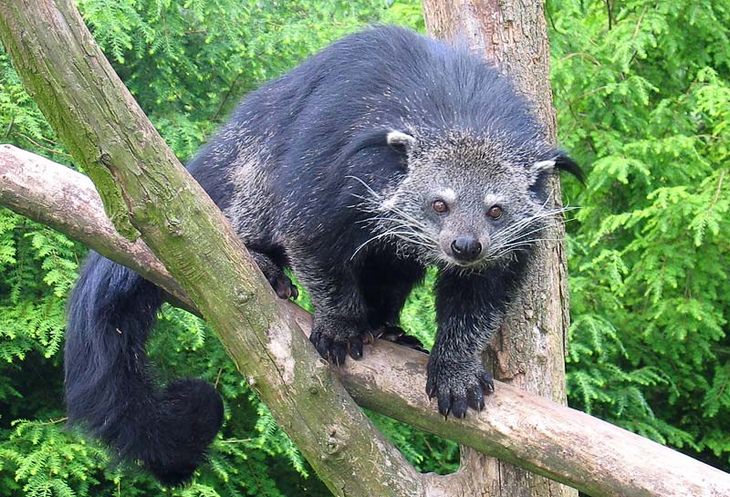 Source: Tassilo Rau
Source: Tassilo Rau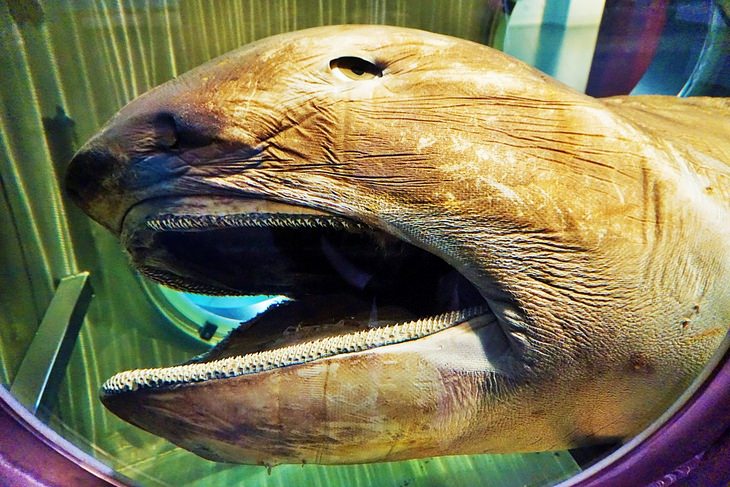 Source: GordonMakryllos
Source: GordonMakryllos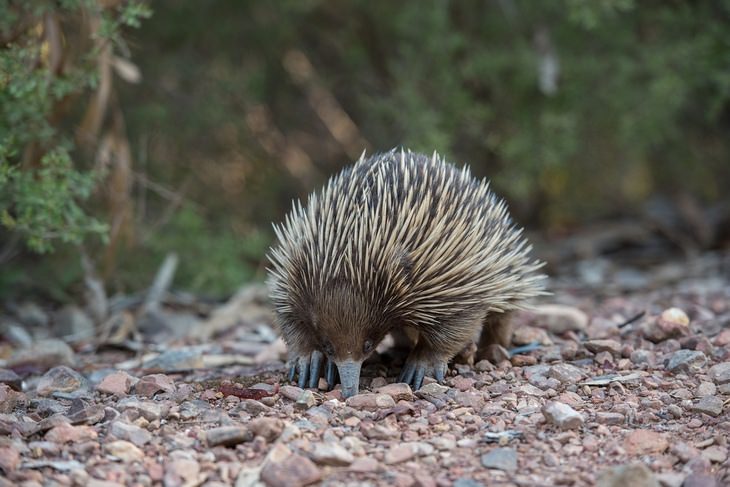
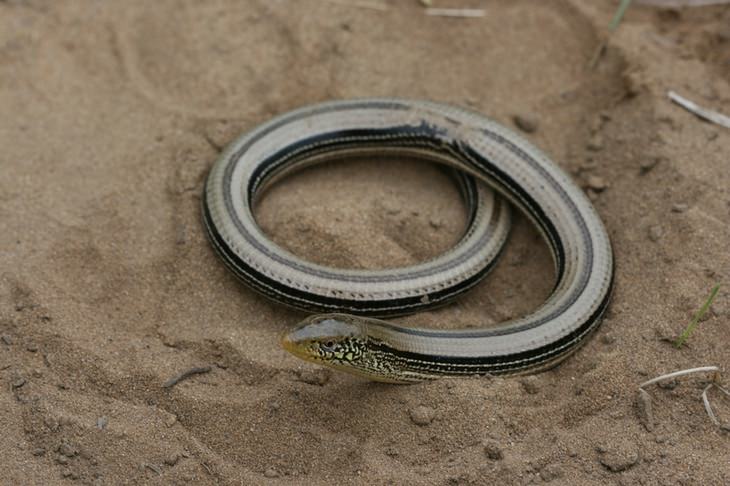 Source: Don Becker
Source: Don Becker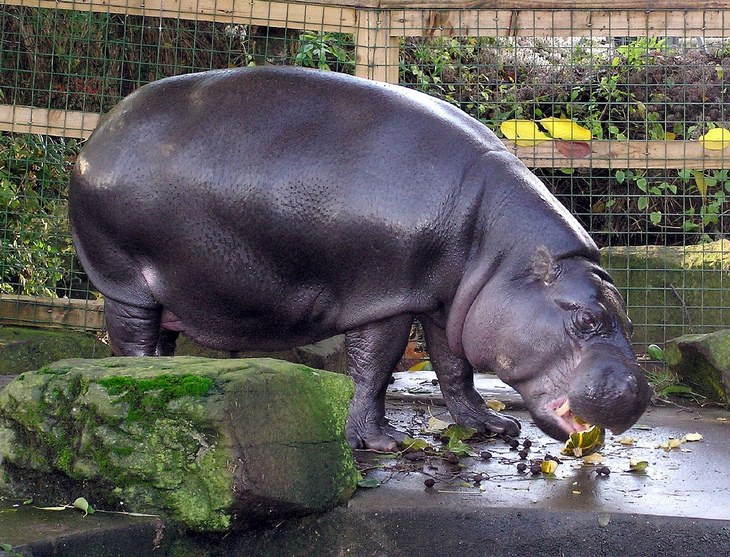
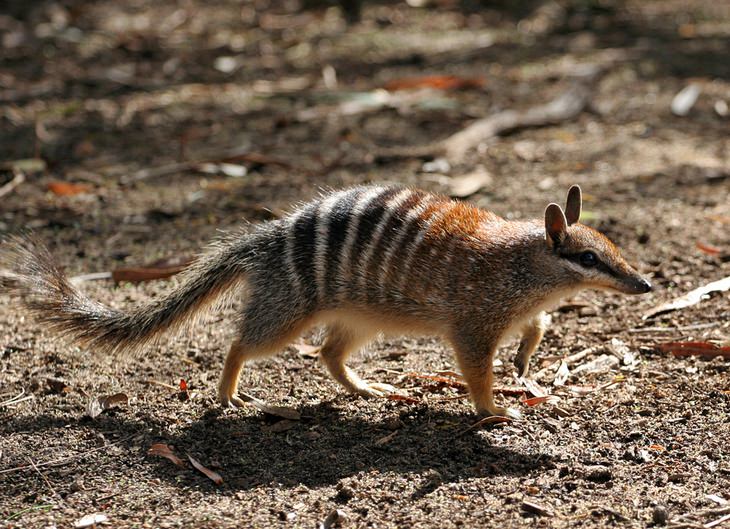 Source: Martybugs
Source: Martybugs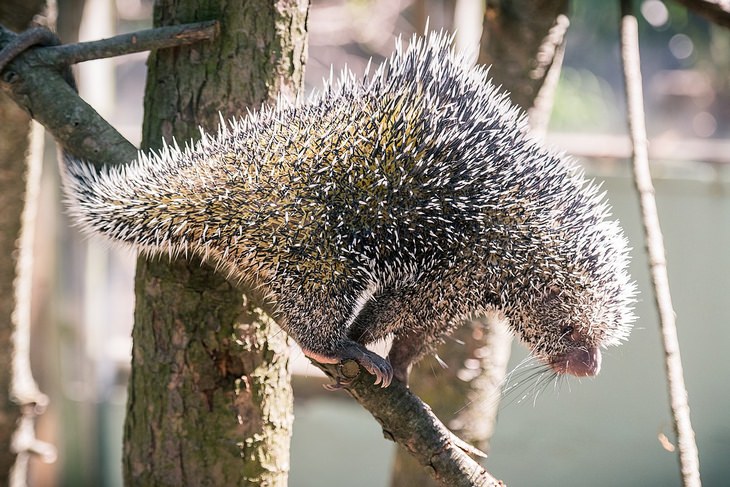 Source: Eric Kilby
Source: Eric Kilby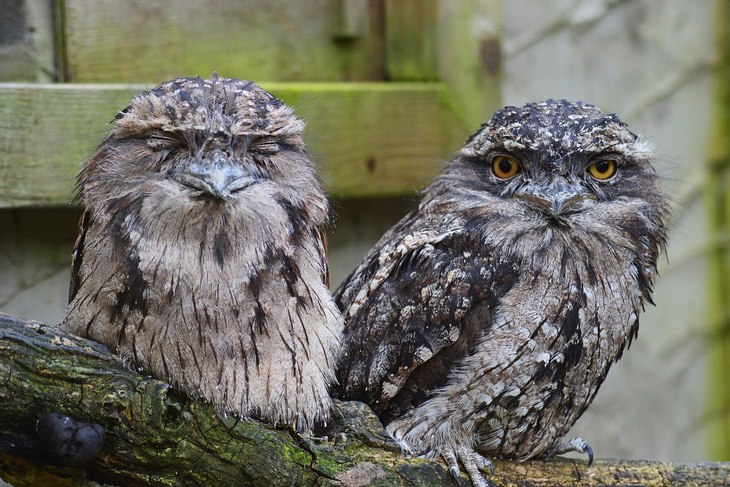
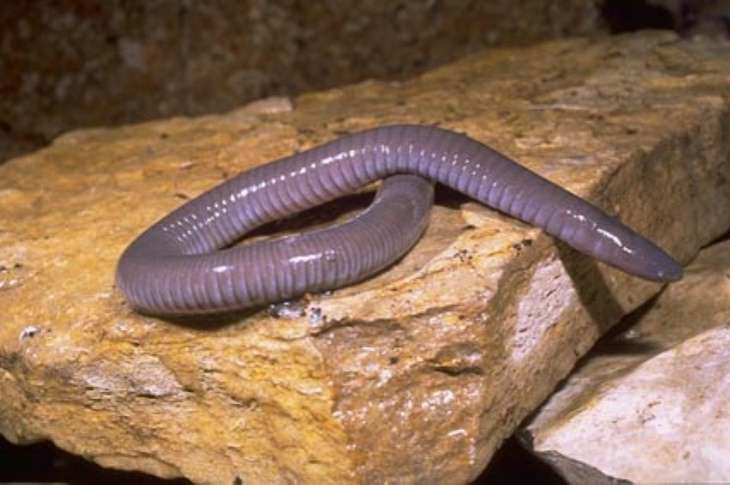 Source: Franco Andreone
Source: Franco Andreone